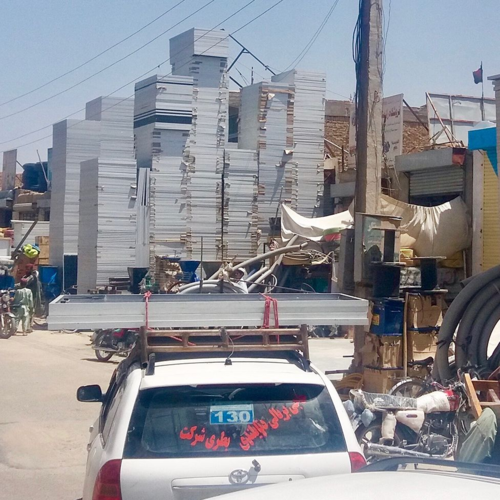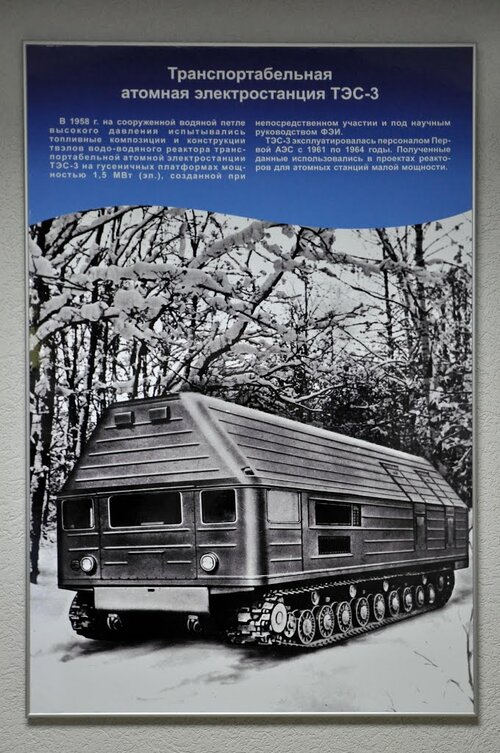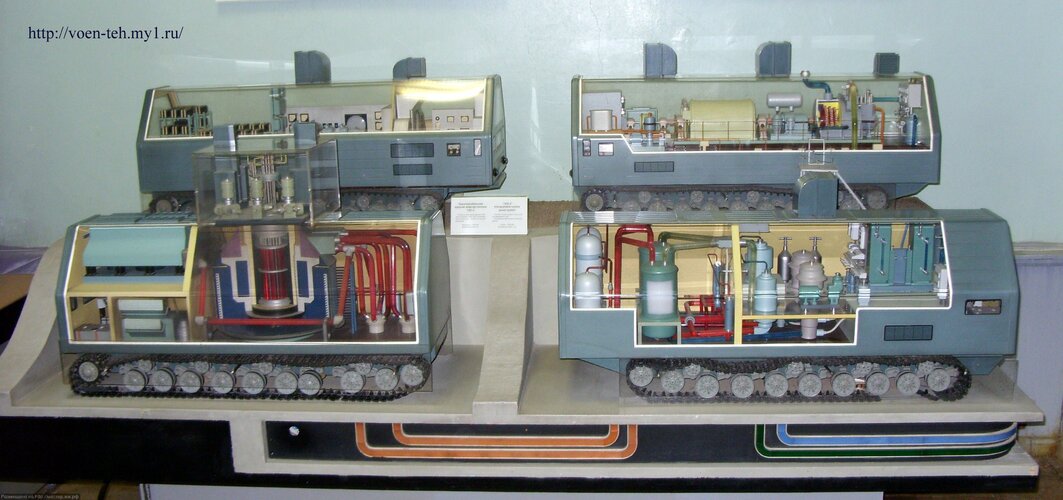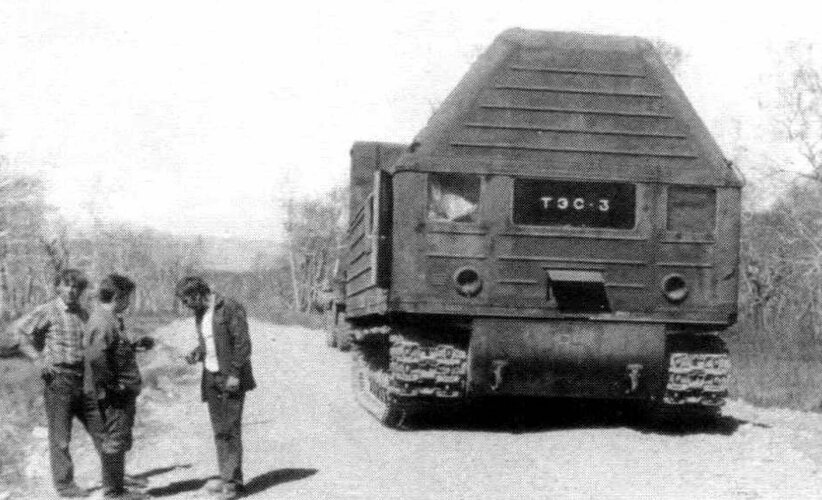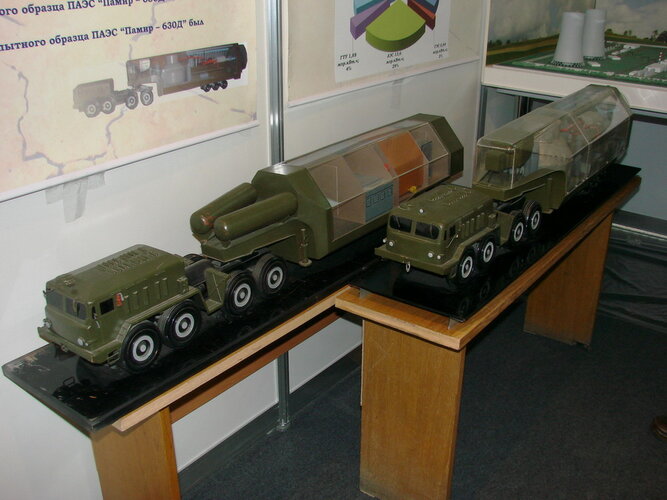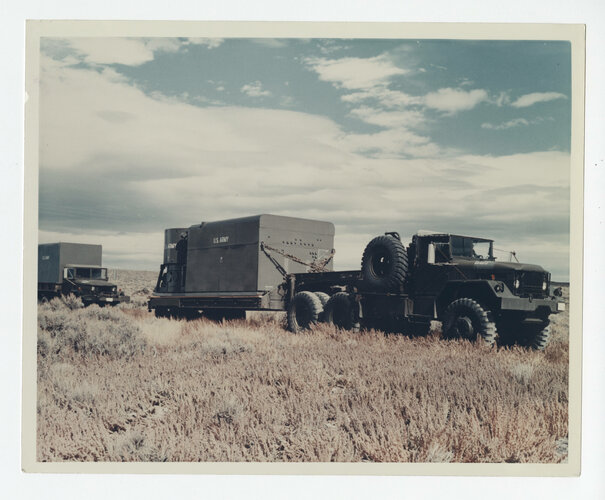I'm not sure how having an expensive, overly complicated solution to reducing fuel truck losses in Iraq is important. It's very simple:
1) The MEPS 810B is the primary field prime power generator in the U.S. Army. It's an 840 kW towed diesel generator also used by the USAF. Prime power provides commercial grade electricity to places without electricity, like rural Afghanistan or Alabama. There's not a lot of them, because it's a large generator, but they're usually found at major airbases like Camp Speicher or Kandahar.
2) The HEMTT 20-ton truck is the primary heavy tactical truck of the U.S. Army. The FMTV is a 5-ton or 2.5-ton truck that does the same thing. Both trucks are used to tow volatiles such as diesel fuel, which is used by the MEPS 810B to generate electricity. It is generally stuck to roads, specifically major highways ("main supply routes"), which makes it vulnerable to attack by insurgents with RPGs and mortars.
3) Between 2001 and 2010 the US Army lost quite a few convoys in Iraq and Afghanistan. It has been seeking a solution to this problem for a while. One solution was to up-armor the HEMTT and FMTV trucks with new cabs, which cost a lot (they've roughly doubled the price of a HEMTT). They make them a bit hardier, so they can drive through ambushes, but they aren't reducing potential crew losses.
4) The important thing is that specifically the US Army isn't particularly interested in losing the fuel: it's interested in not losing personnel. No one cares if some trucks explode, but they do care when soldiers die, and soldiers are more expensive than trucks anyway. Especially when they're on VA disability. Eliminating 810Bs, which use a small amount of diesel, isn't going to eliminate fuel convoys. It isn't clear what Pele hopes to accomplish by this, since the US Army just upgraded its 810Bs, and there's nothing particularly wrong with diesel generator sets.
5) Because the key issue is the convoy's manpower (something acknowledged even by Pele, even if it has absolutely asinine assumptions built into it), eliminating the manpower of the convoy is more important than eliminating sources of fuel. Unless Pele can make running a Humvee on nuclear energy viable (hint: it can't) then it's not really of much use. Eliminating a minor consumer of diesel isn't really going to do much for the US Army, which still has to supply tons more diesel to every 1, 5, 10, 30, and 50 kW generator towed by a battalion or company to power its shelter tents where prime power sets aren't available or aren't used.
6) Robotic vehicles show promise in reducing the actual manpower losses, thus achieving Pele's ostensible objective without replacing diesel generators with an expensive nuclear powerplant, which would require its own fuel handling infrastructure and additional security measures on FOBs. But Pele's study seems to think that Iranian missiles only hit within half a mile, not within, say, 30 to 300 feet, as was demonstrated by recent missile attack on the United States. Thus, their (the SCO and the Army office responsible) understanding of reality is a bit tenuous at best, and it calls into question Pele's purpose in the first place.
Here is an actual snippet from an Army nuclear power study:
(...) Approximately 18,700 casualties (or 52 percent) of the approximately 36,000 total U.S. casualties occurred from hostile attacks during land transport missions (Operation Iraqi Freedom and Operation Enduring Freedom [Daehner et al. 2015]). This observation lends substantial weight to DOD initiatives that evaluate and deploy alternatives to petroleum-based fuel systems (DSB 2016). Mobile nuclear power is a viable option where:
Fuel logistics and storage of Class III curtails Combatant Commander’s (CCDR) options, increases complexity, and imposes substantial economic challenges.
Infrastructure requires large-scale power (e.g., ports, airfields, rail, other transport supporting transport infrastructure, industry etc.).
Mission Assurance is required or where “islanding,” providing continuous power to a location even though energy from an electrical grid or external power source is no longer present, is desirable.
Energy-intensive systems (e.g., forward radar site operations) require significant power.
Power is desired to support Defense Support to Civil Authorities (DSCA).
Remote bases where access to an established or stable electrical grid is unavailable or where the electrical grid requires reinforcement or reconstitution to support intermediate staging bases, logistics staging areas, and/or medium to large base camps. (...)
A few of these are met just fine by existing quiet tactical generators (1-60 kW sets), which aren't a target for Pele (2-20 MWe), but rather it's obviously targeting 810B farms. Truly strange reasoning going on here either way.
Fuel supplies aren't going to actually be reduced by use of field nuclear energy to an appreciable degree, so there's no real benefit to be had on quite a few of these points: logistics, intensive systems, and remote island bases (read: company FOB). Fuel isn't stored for use in generators, it's stored for use by aviation, and to a lesser extent, ground troops in mechanized vehicles.
Does DOD intend to stuff Pele into F-22s, M1 tanks, and Humvees? That might actually reduce the fuel consumption considerably. But no, of course Pele isn't interested in that. It's interested in replacing one of the most boring and lame parts of the Army using a flimsy justification that doesn't make much sense.
While there are times to be right for the wrong reasons, this isn't one of them.
Pele may be right in that nuclear power is useful for reducing fuel concerns, but it's bit like saying that instead of buying air defense missiles, the US Army should consider putting all its tanks and trucks underground or underwater to hide from the sky. It's...an approach that could be done, to be charitable, but it's not particularly clever within the context of its justifications. Which calls into question whether the people suggesting it are aware of what is actually a good justification for anything.
You can read it for yourself here:
https://apps.dtic.mil/sti/pdfs/AD1087358.pdf
Space travel is an irrelevant, frankly bizarre, tangent that you brought up. It has nothing to do with this thread, nor with Pele, so I'm not sure what made you think of it.


